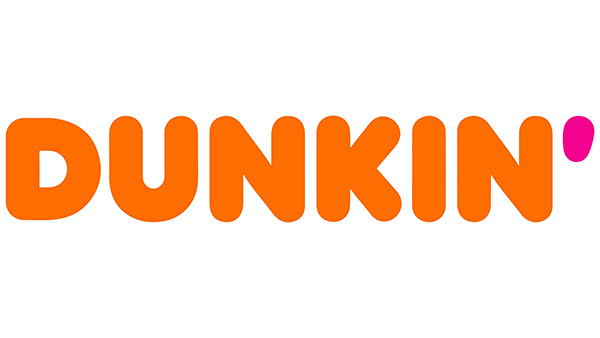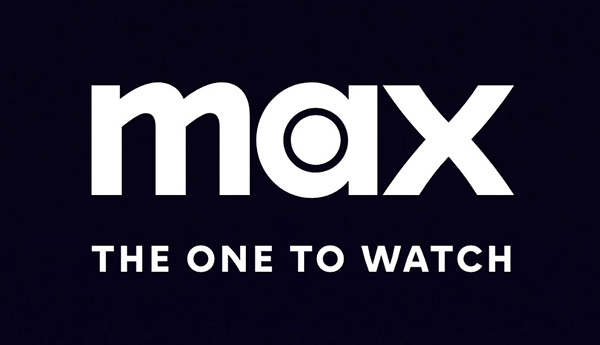Recently, Adobe Systems abandoned its development of making Flash accessible on mobile devices. Since no Apple device uses Flash, Web developers are debating whether or not to use Flash at all when embedding videos into websites, blogs and Web pages. On top of the problems Flash creates in regards to optimizing a Web page, the concern of not being able to reach Apple users is huge. With millions of iPhones and iPads sold each year in the United States alone, your business could be missing out on a huge number of potential customers and clients by using Flash to build your website.
This article will explain the benefits and disadvantages of using Flash and other alternatives such as embedding YouTube videos or video objects.
YouTube — The advantage of choosing to embed YouTube videos on your website, rather than Flash videos, is that you can reach every user. No matter what Internet browser or mobile device you use to get onto the Web, YouTube videos are accessible. Bringing YouTube videos to your site can connect your website with the most popular online video community. YouTube offers free hosting for a large number of videos, multiple embed options and top-quality video and audio.
Incorporating YouTube videos into your website can also enhance your overall social media marketing strategy. By having a unique YouTube channel for your company, with videos that can be embedded on your website or blog, your business can tap into one of the most popular services available on the Web. This video sharing giant encourages visitor interaction by allowing viewers to “like,” favorite, share or comment on videos, giving businesses another outlet to interact with their audiences. You can also add friends through YouTube and users can subscribe to your channel. Subscribers will receive email updates each time you post a new video. You can embed a YouTube video into your website or blog by following the instructions here.
However, a disadvantage of using YouTube to embed your videos is that your videos will not be hosted on your server. Instead, you are relying on YouTube’s server. If YouTube is down or experiencing high traffic volume, it will delay the playback of video on your website or cause it not to load altogether. Your video will only load as fast as YouTube is able to load. Another disadvantage is that there are many companies that block their employees from using YouTube while at work. According to a report released by the International Business Times, YouTube is the third most blocked website at workplaces. Especially for B2B companies that are looking to reach other professionals, this can be a major downfall.
Video Objects — By embedding a video object on your website, you can have the video file hosted on your own server. This will give you more control and you won’t have to rely on a third-party server such as YouTube. The benefit of using QuickTime, for example, is that the software is compatible with Apple mobile devices such as iPhones and iPads. However, there is still the issue of not being able to reach all users. For example, if you embed a .mov file, the user would have to have the QuickTime plug-in already installed on their browser in order to watch the video. Apart from mobile devices such as iPhones, most users have Flash installed on their browser rather than QuickTime.
Flash — The main issue with Flash, as we mentioned earlier, is its inability to play on mobile devices. Flash also acts as a roadblock to search engines, so it does not help websites with search engine optimization. However, Flash is still the most widespread video solution. Flash will work for most users and it is recommended as the best cross-browser solution for embedding videos. To still reach the majority of viewers, but also give others the opportunity to watch your video, we recommend using website code to detect if a user has Flash installed. If Flash is detected, the Flash version of the video will be shown. If Flash is not installed, your website will display a YouTube or QuickTime movie instead. This provides a simple alternative for iPhone and iPad users.
For more information, please contact The Public Relations and Marketing Group at (631) 207-1057 or johnzaher@theprmg.com.



